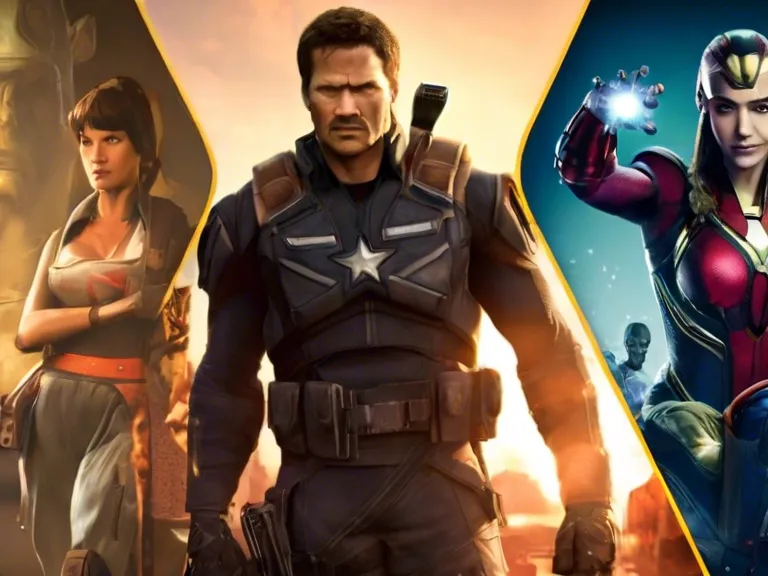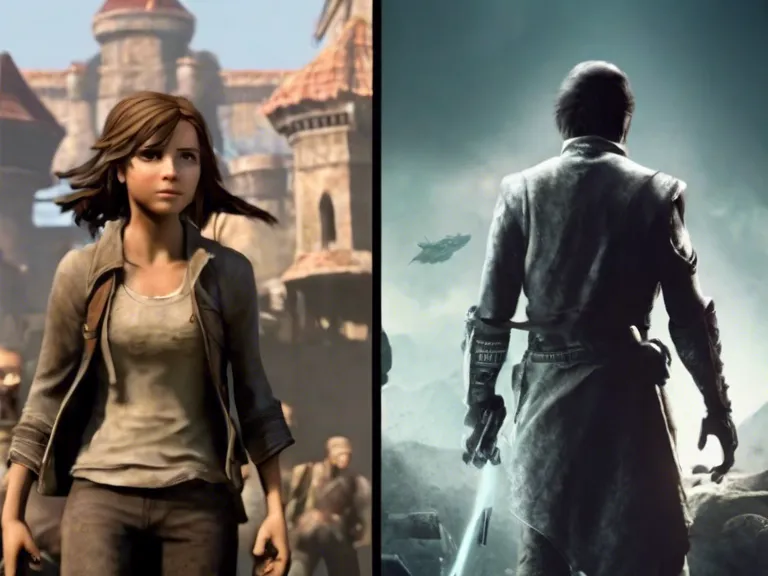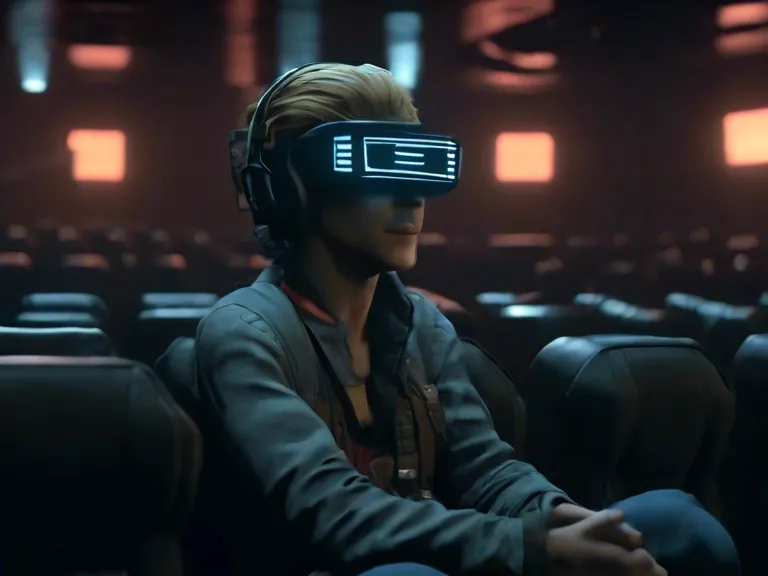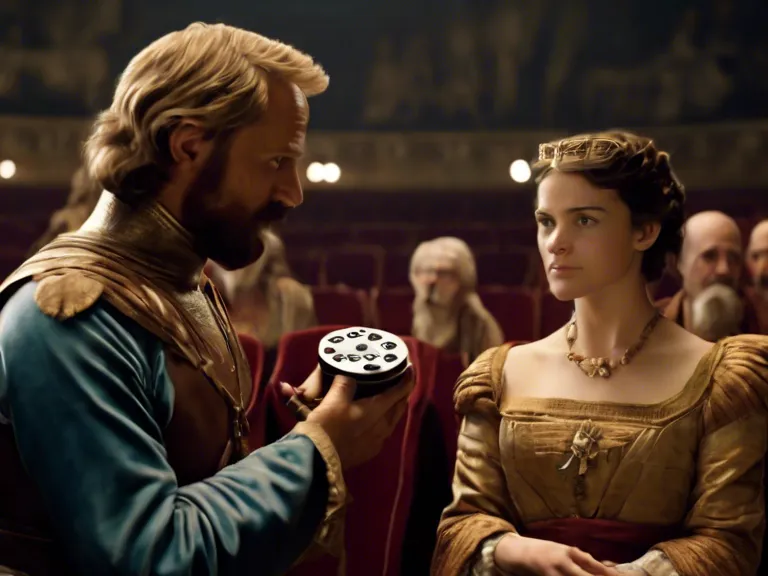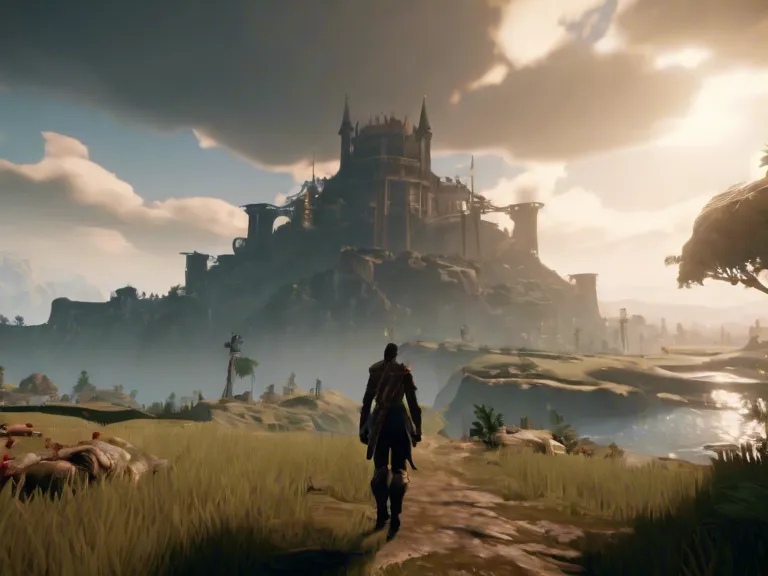
Narrative Structures in Video Games and Their Cinematic Parallels
When it comes to storytelling, both video games and cinema have the power to immerse audiences in rich narratives. In recent years, the line between video games and movies has become increasingly blurred, with many games featuring cinematic elements and narrative structures.
One of the main parallels between video games and cinema is the way in which stories are told. Just like in movies, video games often rely on traditional narrative structures such as the hero's journey, three-act structure, and nonlinear storytelling. These structures help engage players by providing a cohesive and compelling story arc.
In terms of gameplay, video games also have the advantage of allowing players to make choices that impact the story. This interactive element adds a unique dimension to storytelling that is not possible in cinema. Players may have to make moral choices, solve puzzles, or complete challenges that affect the outcome of the narrative. This level of agency can create a deeply immersive experience for players.
Furthermore, many video games draw inspiration from cinematic techniques to enhance storytelling. Cinematic cutscenes, voice acting, music, and camera angles all contribute to creating a more engaging narrative experience. Just like in movies, these elements help set the tone, build tension, and create emotional connections with the characters.
Ultimately, the convergence of video games and cinema has led to the rise of narrative-driven games that combine the best of both mediums. Games like The Last of Us, Red Dead Redemption 2, and Detroit: Become Human have received critical acclaim for their complex narratives and cinematic qualities. As technology continues to advance, we can expect to see even more innovative storytelling techniques in video games.
